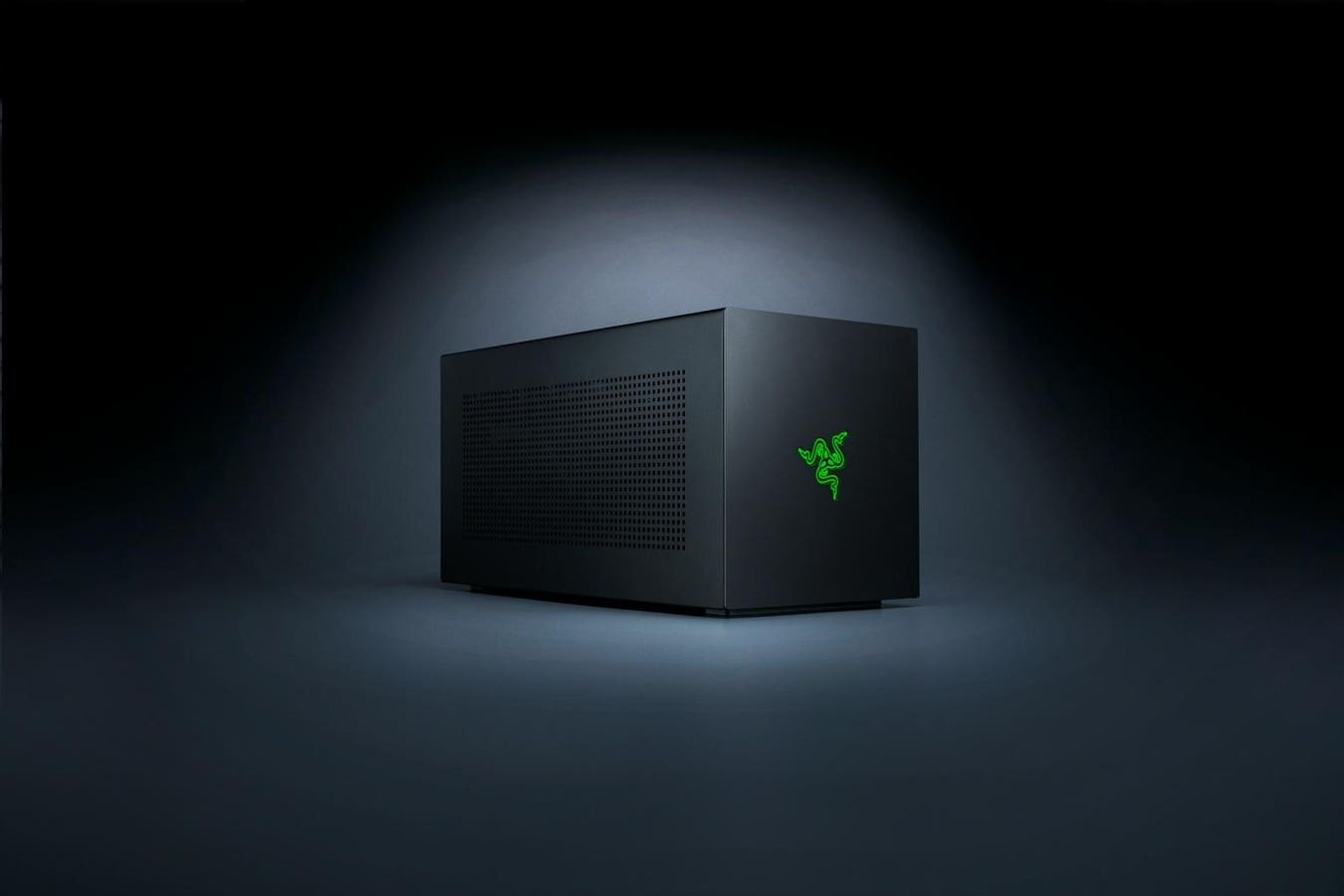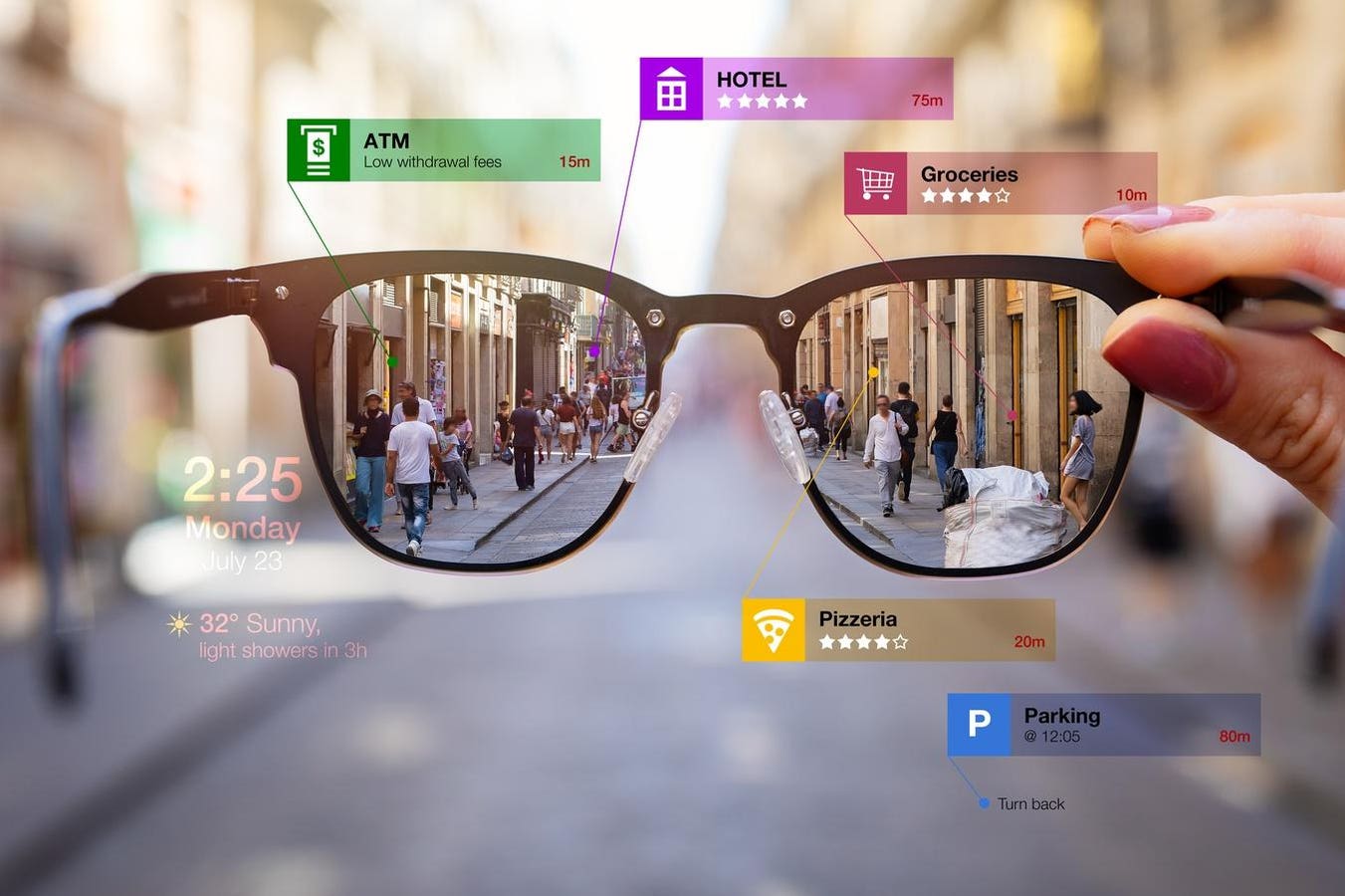Core X V2
Thunderbolt 5 connectivity is continually bringing advanced transfer speeds and better charging to the latest PC hardware, namely with its impressive 80Gbps bandwidth capabilities, and companies like ASUS and Gigabyte have already announced brand new eGPUs (external graphics processing units) to take advantage of this blazing fast throughput.
Razer is the latest corporate entity to jump on the refreshed eGPU bandwagon with its Core X V2, a sturdy non-RGB box priced at $349.99 which advertises a promising ‘coming soon’ status but no firm release date. While eGPUs admittedly remain a rather niche product category—most gamers undoubtedly opt for dedicated gaming laptops instead of this sort of Frankenstein hybrid setup—I still find the concept irresistibly compelling.
I reviewed Razer’s 2018 eGPU, the Core V2, alongside the Stealth Blade, way back when both products initially launched, and I found the experience interesting. What is the purpose of an eGPU, anyway? Essentially, it’s a separate housing that contains a (hopefully) powerful graphics card, and when you connect a compatible laptop to the unit, the necessary horsepower is outsourced to the chassis and your modest mobile hardware can now achieve desktop-quality visuals. That’s the theory, anyway.
Core X V2 with Thunderbolt 5 dock
In other words, you don’t have to sacrifice your thin, sleek, highly portable laptop with great battery life to play AAA games at home on the highest settings and with killer performance. With an eGPU, you likely won’t ever achieve the kind of peak results you’ll get on a dedicated gaming desktop, but it’s close enough to matter.
I suppose you could view the Switch and Switch 2 as having primitive eGPUs of sorts, because when the consoles are docked, you’re getting a performance boost, one you wouldn’t enjoy in the consoles’ respective portable modes. The real guts are actually inside the Switch machines themselves, though, instead of the dock like it would be with an eGPU case.
We’ve come a long way since the original Core V2, because Razer’s upcoming Core X V2 can support up to a 4-slot, full-length GPU, and that includes something nuts like a GeForce RTX 5090. Whether or not you’ll be able to squeeze all the raw performance out of that 5090 over Thunderbolt 5 remains to be seen, but I’d wager there will still be a bottleneck of sorts, even if it’s a small one.
Using an external display helps, apparently, and I’d think PCIe 5.0 would also go a long way in this department as well. Unfortunately, the Core X V2 contains tech for the lesser PCIe 4.0 standard, but I’d love to test it out at some point to see how a 5090 fares over the lower bandwidth hardware.
Thunderbolt 5 dock
As The Verge points out, the device only comes packed with a single Thunderbolt 5 cable, and no included PSU (power supply unit) like previous Razer eGPU models. Plus, there are no additional ports on the Core X V2, so on top of needing to provide your own expensive GPU, ATX PSU, and laptop, you’ll need to buy a separate dock for plugging in any extra devices. Not surprisingly, Razer is launching a new branded Thunderbolt 5 dock ($400) alongside the port-lacking Core X V2. How convenient.
Looking at all the cost involved with traveling the eGPU hybrid computing route, the whole ordeal seems way overpriced and blatantly inefficient, because at that point, why not either buy a completely spec’d out (but slightly heavier) gaming laptop, or really, simply stick with a proper gaming desktop and purchase a separate, cheap, low-powered laptop for travel purposes.
But like I said earlier, I do somehow (against all odds) find the idea of owning a sleek, feathery-light laptop that I can easily carry around town for writing and email, paired with a standalone, stationary 5090 base-station for high-end gaming… strangely appealing. It’s not practical, it probably costs too much, but it’s cool, man.
The Thunderbolt 5 dock seems to be available now, while the Core X V2’s availability is still up in the air. Regardless, I hope I can get my hands on both for testing relatively soon.









